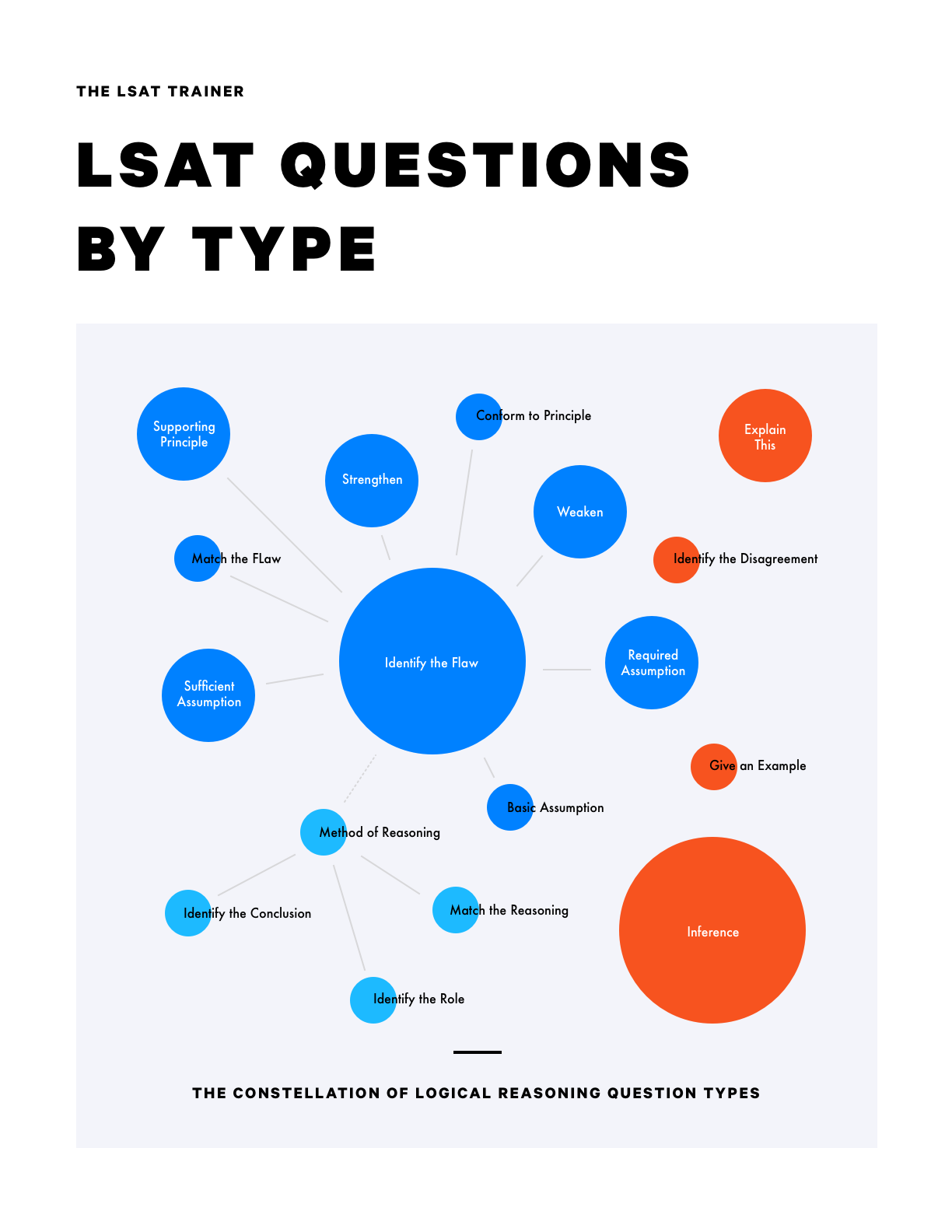Game 1
Step 1
Per the given scenario, we can write out the six elements to be placed - G, H, J, K, L, and M - and we can lay out the six assignments, in order.
Step 2
Per the first and second rules, we can notate that H must be right before G, and that K must go before that duo.
Step 3
Per the third and fourth rules, we can notate that M and J must be next to one another, and that L must follow that duo.
Game 2
Step 1
Per the given scenario, we can write out the elements to be placed - 2 G’s, 2 O’s, and 2 R’s, and we can lay out the different days to which they can be assigned - Wednesday (W), Thursday (T), Friday (F), and Saturday (S), and we can notate that each date gets at least one assignment.
Step 2
Per the first rule, we can notate that the first O must come before the first R. We can infer from this that the first O must go into one of the first two positions. (Similarly, we can also infer, though we chose not to notate, that R cannot go into W).
Step 3
Per the second rule, we can notate that we have at least one G and R grouping.
Step 4
Per the third rule, we can notate that T and S share at least one element in common.
Game 3 (Option 1)
Step 1
Per the given scenario, we can write out the seven elements to be placed - I, L, P, S, T, U, and V, and write out the four possible subset categories - green (g), mauve (m), red ( r), and yellow (y). We can also lay out the seven positions - five for those selected, and two for those not.
Step 2
Per the first rule, we can notate that two of the five selected elements are mauve.
Step 3
Per the second rule, we cano notate that we an Sr is included.
Step 4
Per the third rule, we can notate that if an I is included, it must be Ig.
Step 5
Per the fourth rule, we can notate that if P is included, it must be Py.
Step 6
Per the fifth rule, we can notate that if V is included, U won’t be, as well as the contrapositive. We can infer from this, and note, that at least one of the two must be out.
Step 7
Per the sixth rule, we can notate that we can’t have L and U as our two mauve dinosaurs.
Step 8
We can notate that T is not directly restricted by any of the given rules.
Game 3 (Option 2)
Step 1
Per the given scenario, we can write out the seven elements to be placed - I, L, P, S, T, U, and V, and write out the four possible subset categories - green (g), mauve (m), red ( r), and yellow (y). We can also lay out the seven positions - five for those selected, and two for those not.
Step 2
Per the first rule, we know that there must be exactly two mauve dinosaurs. The second through sixth rules limit our options for our mauve pairing. We can choose from amongst just four elements - T, L, U, and V, and the fifth and sixth rules severely restrict our possible combinations.
In fact, there are just four combinations that could work: (T, U), (T, L), (T, V), and (V, L), and we can create four frames around these four options. (Note that creating the frames accounts for the sixth rule.)
Step 3
Per the second rule, we can notate that we can notate that Sr is included.
Step 4
Per the third rule, we can notate that if an I is included, it must be Ig.
Step 5
Per the fourth rule, we can notate that if P is included, it must be Py.
Step 6
Per the fifth rule, we can infer that in the first frame, V must not be included, in the second frame, either U or V is not included, in the third, U is not included, and in the fourth, U is not included.
Step 7
We can notate that T is not directly restricted by any of the given rules.
Game 4
Step 1
Per the given scenario, we can write out the four elements to be placed - M, T, W, and Y - and we can lay out the four groups into which they can be placed, in order, with an indication that each group will get one or more elements.
Step 2
Per the fourth rule, we can notate that we must have exactly 2 M’s.
Step 3
Per the first and second rules, we can infer and notate that we must have a total of 5 or 6 elements (we can understand, but need not notate, that each element must be used at least once).
Step 4
Per the third rule, we can notate that no element can be used in consecutive quarters.
Step 5
Per the fifth rule, we can notate that W is assigned to the second quarter. We can also infer and notate that W cannot thus, per the third rule, be assigned to the first or third quarters.



